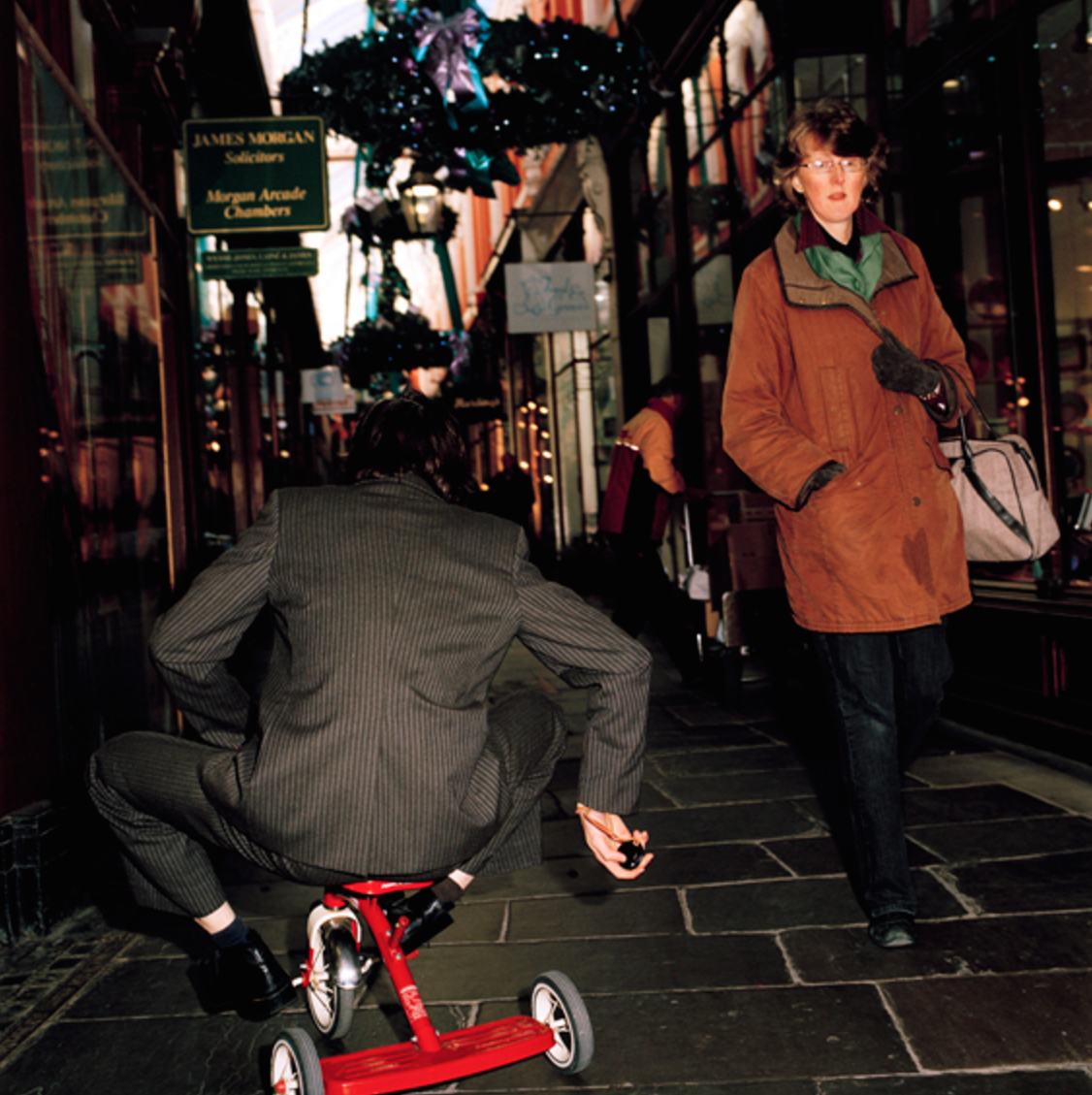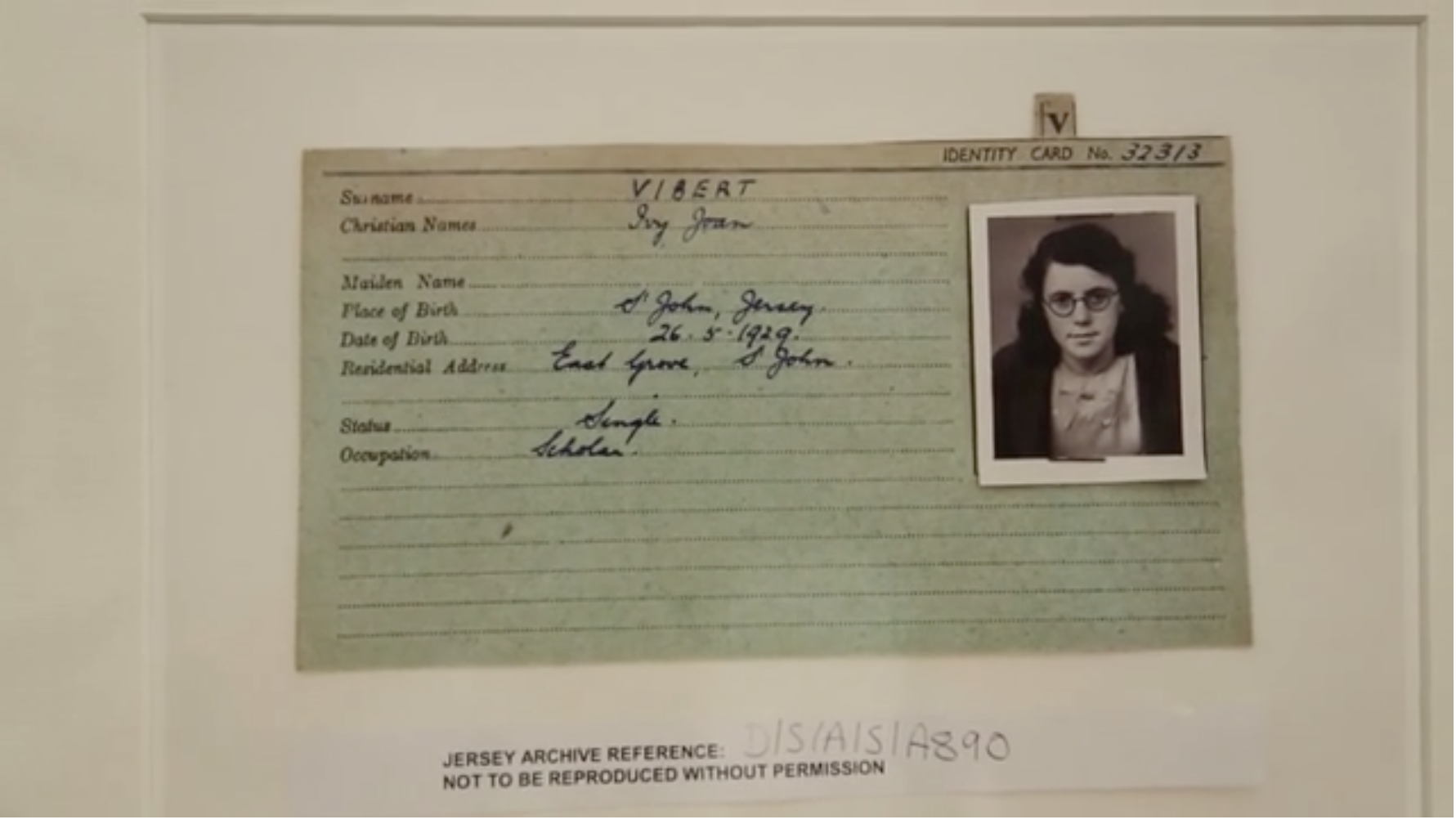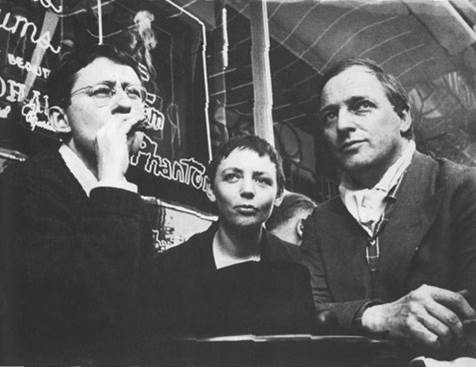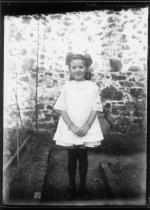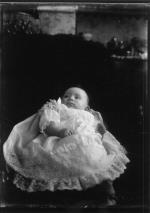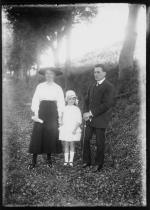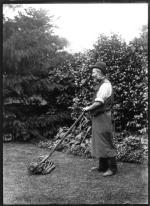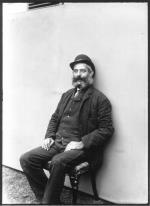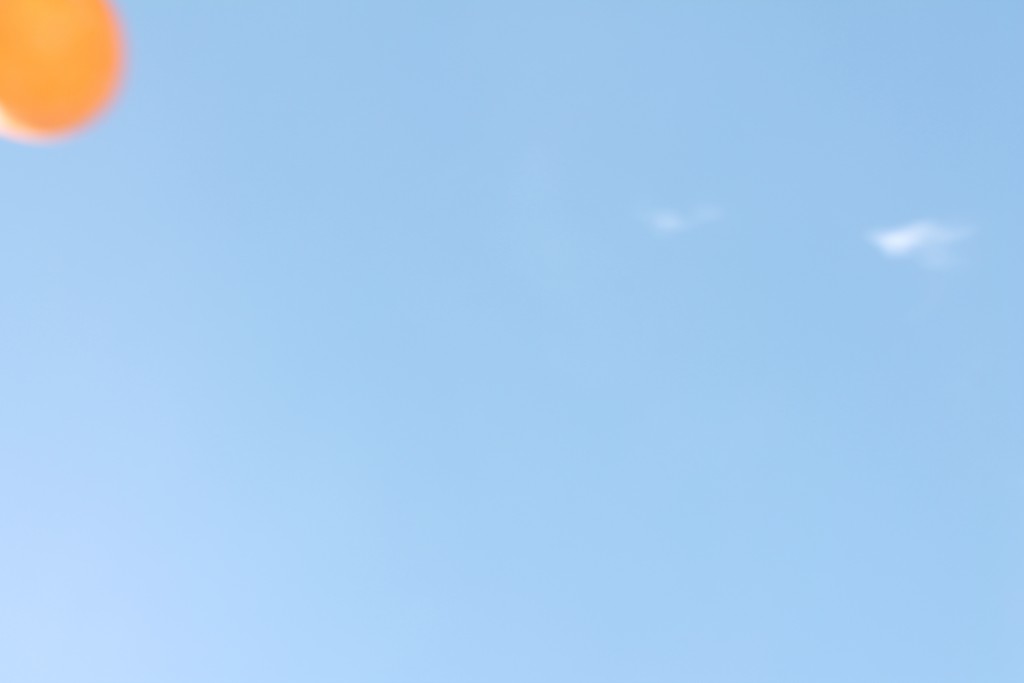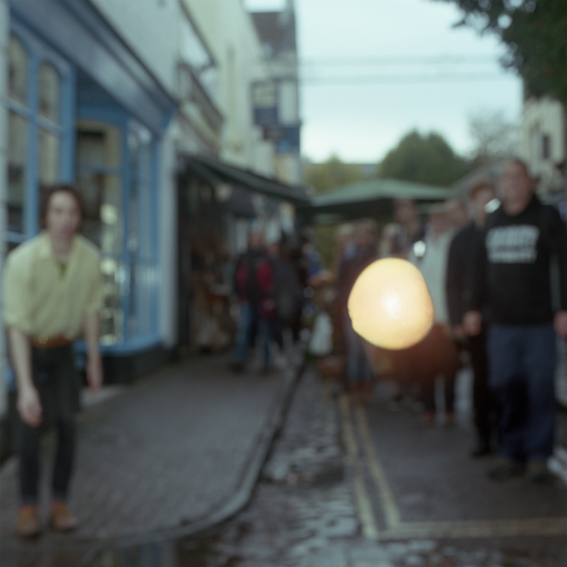Gillian Wearing uses the idea of chance, challenge and change which she uses in a video she made called ‘Dancing in Peckham’, in this video it is just of a lady dancing, with no music in the middle of what looks like shopping centre, in this video there are people walking past at all different times within this video, with different facial expressions which makes them keep a distance from her, whether this is because they think it is strange or they have seen the camera and they do not want to have photographs taken of them. Gillian Wearing was born in 1963 and made 70’s television into fine art and because of this TV programme makers and advertisers have copied her. Wearing works with video recordings of performances but also photography, she characterises her art as a ‘kind of portraiture’. http://www.theguardian.com/culture/2000/jun/03/art
In some of Wearing work she has tried to use the idea of challenge and change by using masks and other disguises to remove her face so there is no visual of the person, some say that this is as if she ‘distrusts the face’. One of Wearing’s projects was when she walked down Walworth Road and bandaged her face and videoed herself walking down the street while she had people tell their secrets, as she had a mask on and so did the people, this removed their identity, and the idea of wearing a mask i think plays with the idea of performance photography. In the video of Wearing dancing in the shopping centre…
William Blake – “The most sublime act is to set another before you.” This portrait is an attempt to become, rather than to paint, another person.
When Wearing went to take this video she first saw in the distant there was a lady who was dancing to some jazz music where she was dancing completely out of time and it looked as if she didn’t care as she was ‘caught in the moment’ but this women caught Wearings eye as she was away from everyone else in her own little world. So in Wearings video she sets out to recreate the idea that she saw of this lady in the Royal Festival Hall who was caught in the moment by dancing completely out of sync to the music, but enjoying herself so much.
“Dancing in Peckham is a 25-minute video that shows on an ordinary television monitor. The dancer, Gillian Wearing, under the vaulted glass roof, on the shiny pavement, has a look of intense seriousness on her face. She throws her hair about, shakes, gets down. She looks ridiculous, in a public place in broad daylight. She is not dancing to a Walkman, just to sounds in her head. Before making the video she practised dancing to some of her favourite music – Nirvana, Queen, Gloria Gaynor.” http://www.theguardian.com/culture/2000/jun/03/art














